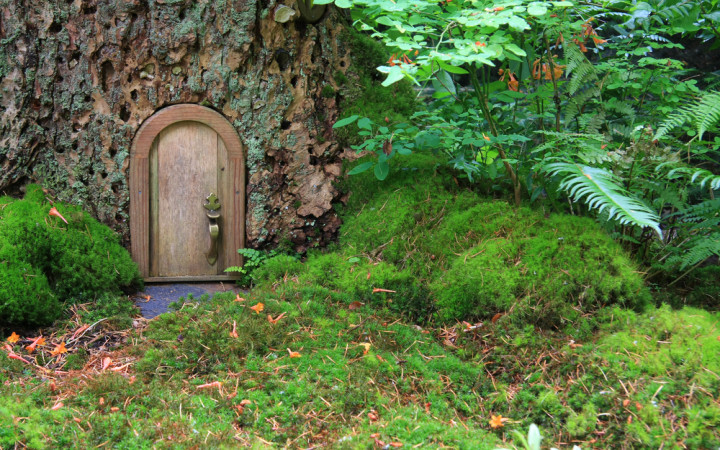Today’s Wonder of the Day was inspired by vanessa from TX. vanessa Wonders, “Are fairy tales real?” Thanks for WONDERing with us, vanessa!
Once upon a time…see? We told you that's how today's Wonder starts out! But this is no fairy tale. No, sir! There's more than a hint of truth in today's Wonder of the Day.
Do you like fairy tales? Who doesn't? What's not to like? Princesses, castles, ogres, evil villains…fairy tales have it all!
Of course, they're just made-up tales, right? There aren't really princesses and castles and evil villains, are there?
Well…you might say, “Of course not!" But let's think about this a bit first. We know that there are real princesses in the world. And there are castles, too. Evil villains? Yes, we have those, too. Ogres? Maybe not…but maybe there's some truth behind those fairy tales, after all.
Fairy tales have been popular with children for thousands of years. They're usually short stories that feature fantasy characters based in folklore, such as fairies, goblins, elves, trolls, mermaids, gnomes, giants and dwarves. They might also feature talking animals or other forms of magic or enchantment.
Fairy tales take us out of our everyday lives into magical lands filled with possibilities that excite and expand the imagination. Many times the phrase “fairy tale" is used to describe tall tales or other stories that not only aren't true but couldn't possibly be true.
But could there be truth behind some fairy tales? It's impossible to know for sure so many years after some famous fairy tales were created, but some scholars believe that the Brothers Grimm might have based some of their fairy tales on real people and events.
For example, could Snow White have been a real person? Maybe! Scholars point to a couple of possibilities. The first was a beautiful girl named Margarete von Waldeck who lived in 16th-century Germany. She had a stepmother, experienced a star-crossed romance with a prince and lived during a time when small people — usually children — worked in mines.
Another possibility comes from 18th-century Germany. In the small town of Lohr am Main, a beautiful young girl named Maria Sophia Margaretha Catherina was the daughter of a prince. After her mother died, a stepmother came along who many believe favored her own children over Maria Sophia.
Lohr am Main was located near the Spessart Forest and was famous for a glassworks company. The mirrors made by the Lohr glassmaking company were known for the incredible quality. Many people claimed that Lohr mirrors “always spoke the truth" and some called them “talking mirrors."
Is any of this starting to sound familiar? The only things missing are the dwarves! The forested area around Lohr was also mountainous and known for mining. Long ago, the mine shafts were so small that only the smallest of miners could enter them. That's why children often worked in the mines. The Brothers Grimm might have used the image of children miners as inspiration for the dwarves in their stories!




